Markets and types
- Books Name
- Social Science Book
- Publication
- Cognizance Publication
- Course
- CBSE Class 7
- Subject
- Social Science
Chapter 5
Markets (Social and Political life-II)
What are markets?
A market is a place purchaser and vendor is associated with the deal buy of merchandise. It built up a connection between the maker and the buyer. There are many kinds of markets that we may visit for everyday needs: these can include shops, hawker’s stalls in our neighbourhood, a weekly market, a large shopping complex, perhaps even a mall.
Weekly market
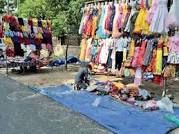
A weekly market is held on a specific day of the week. Weekly market do not have permanent shops. Trader settup shops for the day and then close them up in the evening. Then they may set up at a different place the next day. There are thousands of such markets in India. Many things in weekly markets are available at cheaper rates because they do not have permanent buildings so that they do not have to pay rent, electricity bills, fees to the government and so on additional expenses. In weekly markets, these shop owners store the things they sell, at home. Most of them are helped by their family members and friends, hence they do not need to hire workers. Weekly markets also have a large number of shops selling the same goods, which means there is competition among them.
One of the advantages of weekly market is that most things we need are available at one place. Whether we want vegetable groceries or cloth item utensils -all of them can be found here. We don't have to go to different areas to buy different things. People also prefer going to market where they have a choice and variety of goods.
Shops in the Neighbourhood
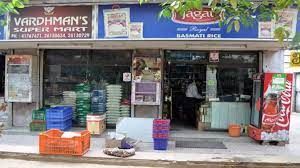
Many shops that sell goods and services are in our neighbourhood. Many of these are permanent shops, while others are roadside stalls, such as that of vegetable hawkers, the fruit vendor, the mechanic, etc. These shops are very helpful as they are close to our home and we can go there on anytime. Usually the buyer and seller know each other in the shops also provide goods on credit. This means that we can pay for the purchase later.
Shopping complexes and Malls
There are other markets in the urban area that have many shops popularly called shopping complexes. In these urban markets, we get both branded and non branded goods. These days, in many urban areas, we also have large multi-storeyed air-conditioned building with shops on different floors known as Malls. Branded goods are expensive, often promoted by advertising and claims of better quality. The companies producing these products sell them through shops in
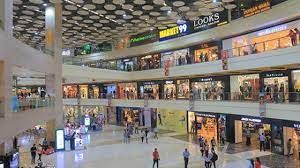
large urban markets, and that times through special showrooms as compared to non-branded goods, fewer people can afford to buy branded ones.
Chain of markets
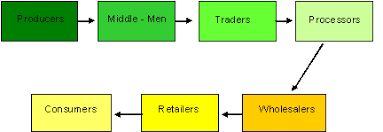
We don’t buy directly from the factory or from the farm. Norwould the producers, are interested in selling a small quantities such as one kilo of vegetables or one plastic mug.
Traders
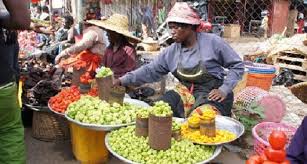
The people between the producer and the final consumer are the traders. The wholesale traders first buy goods in large quantities. These will be then sold to other traders. In these markets, buying and selling takes place between traders. It is through these link of traders that good reach far away places. The traders who finally sells this to the consumer is the retailer. This would be a trader in weekly market or a hawker in the neighborhood, or a shop in shopping complex.
Markets Everywhere
All these markets are in a specific locality and work in a particular manner and time. However, it is not always necessary that one has to go to the market to purchase goods. These days, one can place order for a variety of things through the phone, and through the Internet and the goods are delivered at the home. In clinics and nursing homes sales representative wait for the doctors. Such persons are also engaged in the selling of goods. Thus, buying and selling takes place in different ways, not necessarily through shops in the market. For example,a farmer uses fertilisers to grow crops that he purchase from special shops in the city and they, inturn get them from factories.
Markets and equality
Shop owners in a weekly market and those in shopping complex are very different people. One is a small trader with little money to run the shop whereas the other is able to spend a lot of money to set up the shop. They also earn unequal amounts. The weekly market trader earns little compared to the profit of a regular shop owner in a shopping complex.Similarly, buyers are differently placed. There are many who are not able to afford the cheapest of goods while others are busy shopping in malls. Thus, we can be buyers or sellers in these different market depends, among other things, on the money that we have.
We also examine the chain of market that is found before goods can reach us. It is through this chain that what is produced in one place reaches people everywhere. When things are sold, it encourages production and new opportunities are created for people to earn.
Raw material
- Books Name
- Social Science Book
- Publication
- Cognizance Publication
- Course
- CBSE Class 7
- Subject
- Social Science
Raw Material
We see that a chain of markets links the producer of cotton to the buyer of shirt in the supermarket. Buying and selling takes place at every step in the chain.
Cotton farm in Kurnool
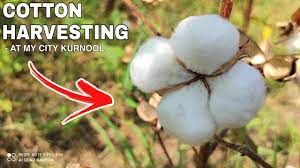
A small farm in Kurnool, Andhra Pradesh, grow cotton on their small piece of land. Once the reaping is done, cotton bales are gathered. The bales which carry the cotton in them, do not burst open all at once, so it takes several days to harvest the cotton. Once the cotton is collected instead of selling it to kurnool cotton market. Farmers take the harvest to the local trader or to the neighbour merchant. Farmers earning from cotton cultivation is barely more than what they might have earned as a wage labourer.
The cloth market of Erode
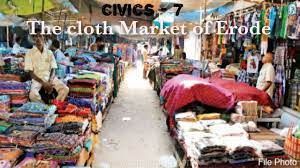
Erode’s bi-weekly cloth market in Tamil Nadu, one of the largest cloth market in the world. A large variety of cloth is sold in this market. Cloth that is made by weavers in the villages around is also brought her for sale. Around the market are offices of cloth merchants who buy this cloth. Other traders from many south indian towns also came and purchase cloth in this market. These merchant supply cloth on order to government manufacturers and exporters around the country. They purchase the yarn and give instruction to the weavers about the kind of cloth that is to be made.
Putting out some viewers producing clothes at home
The merchant distribute work among the weavers based on the orders he has received for the clothes. The weavers get the yarn from the merchant and supply him the cloth. For the weavers, this arrangement has two advantages-
The weavers do not have to spend their money on purchase of yarn.
Also, the problem of selling the finished cloth is taken care of.
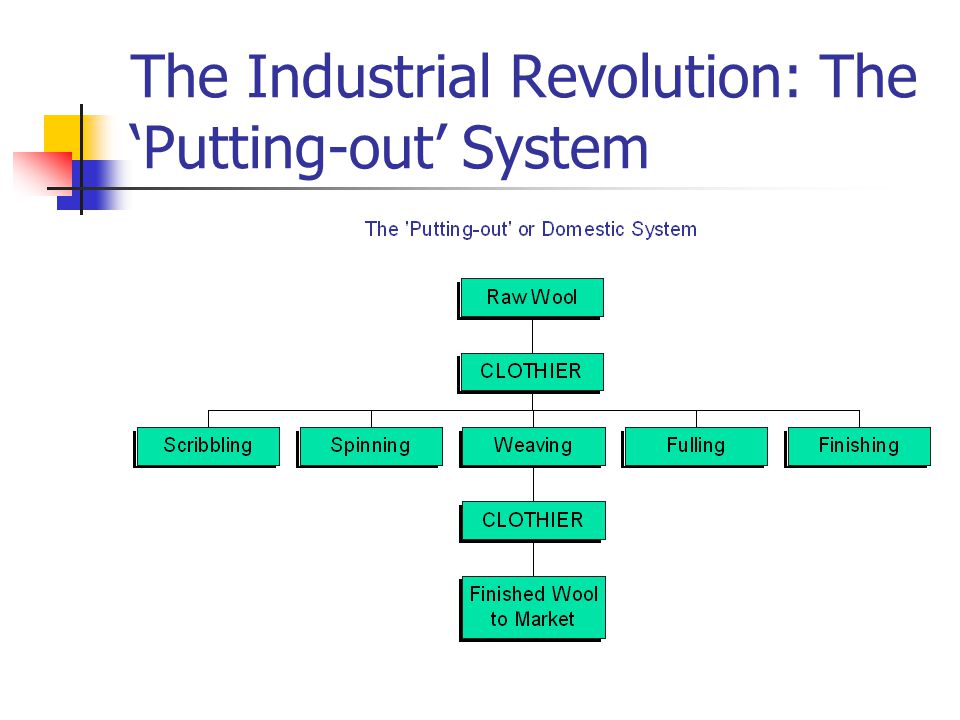
Weavers know, from the outset, what clothes they should make in how much it is to be woven. However, the merchant's give orders for what is to be made, and they pay very low price for meeting the growth. The weavers have no way of knowing who they are making the cloth for or at what price is will be sold. At the cloth market, the merchants sell the cloth to the garment factories. In this way, market works more in favour of the merchants. Weavers invest all their savings or borrow money at high interest rate to buy looms. Each loom cost ₹20,000,so a small weaver with twolooms has to invest ₹40,000. The work on these looms cannot be done alone. The weaver and another adult member of his family works up to 12 hours a day to produce cloth. For all this work, there in about Rs3,500per month. The arrangement between the merchant and the weaver is example of putting-out system where the merchant supplies the raw material and received the finished product. It is prevalent in the weaving industry in most regions of India.
Garments exporting factory near Delhi
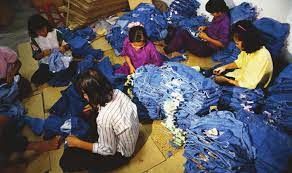
The Erode merchant supplies the cotton cloth produced by the weaver to a garment exporting factory near Delhi. The garment exporting factory will use the clothes to make shirts. The shirt will be exported to foreign buyers. Among the foreign buyers are business persons from the US and Europe who run a chain of stores. These large stores do business strictly on their own terms. They demand the lowest prices from the supplier. In addition they set high standards for quality of production and timely delivery. Any defect or delay in delivery is dealt with strictly. So the exporter tries his best to meet the condition set by these powerful buyers. Faced with such pressure from the buyers, garment exporting factories, inturn, try to cut costs. They get the maximum work out of the workers at the lowest possible wages. This way they can maximise their own profit and also supply the garments to foreign buyers at a cheap price.
Women workers
In garment factory, most of them are women who are employed on a temporary basis. Women are employed is helpers for thread cutting, buttoning, ironing and packaging which have the lowest wages.
Market and equality
The foreign businessperson made huge profits in the market. The garment exporters made only moderate profits. On the other hand, the earning of the worker at the garment export factory are barely enough to cover their day-to-day needs. The small cotton farmers and the weavers at Erode did not get a fair price in the market for what they produce. Merchants or traders have earned more, but is still much less than the exporter. Thus not everyone gains equally in the market. The market offer people opportunity for work and to be able to sell things that they grow or produce. It could be the farmer selling cotton, or the weaver producing colth. On the other hand, it is usually the rich and the powerful that gets the maximum earning from the market. These are the people who have money and own the factories, the large shops, large land holdings, etc. The poor have to depend on the rich and the powerful for various things. They have to depend for loans for raw materials and marketing of their good, and most often for employment. Because of thisdependence, the poor are exploited in the market. There are ways to overcome these such as forming cooperatives of producer and ensuring the laws followed strictly.
Weavers cooperative
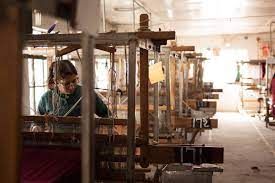
Weavers are paid very less by the merchant under the putting out system. Weavers cooperatives are one way to reduce the dependence on the merchant and to earn a higher income for the weavers. In a cooperative, people with common interests came together and work for the mutual benefit. In a weaver’s cooperative, the weavers, form a group and take up certain activities collectively. They procure yarn from the yarn dealer and distribute it among the weavers.The cooperative also does the marketing. So the role of merchant is reduced, and weavers get a fair price on the cloth.
At time, government helps the cooperative by buying clothes from them at a reasonableprice. For example, the Tamil Nadu government runs a free school uniform program in the state. The government procures the cloth for this program from the powerloom weaver’s cooperative. Similarly the government buys clothes from the handloom weaver’s cooperative and sell it through stores known as Co- optex.

 Cognizance Publication
Cognizance Publication
